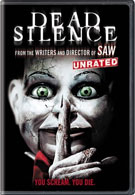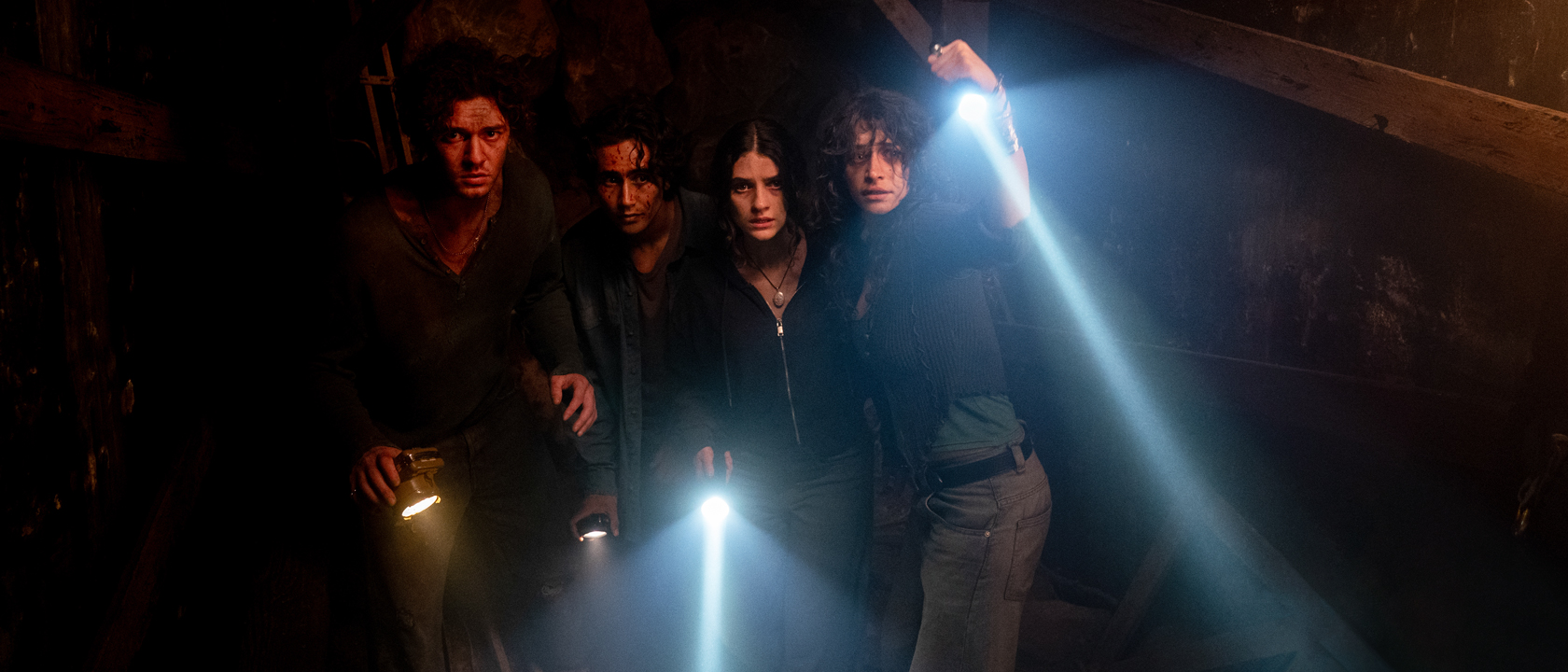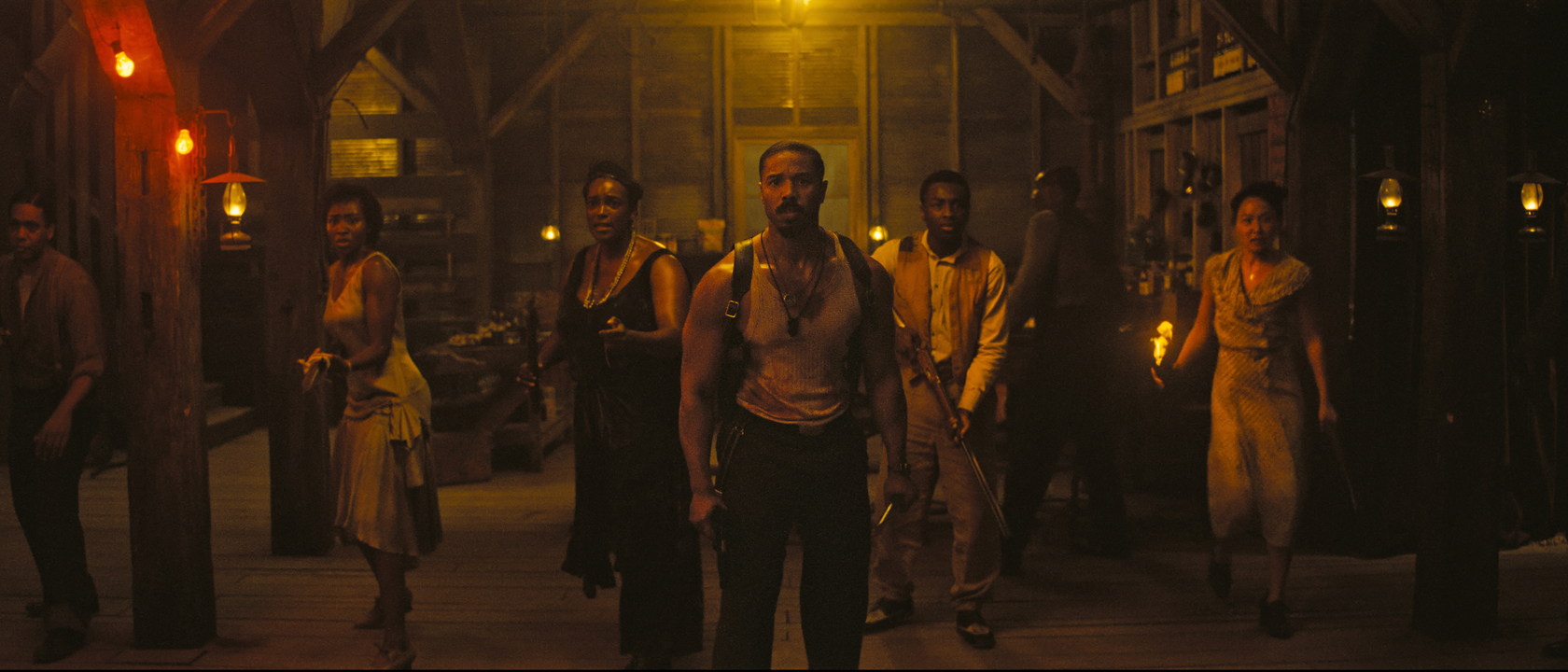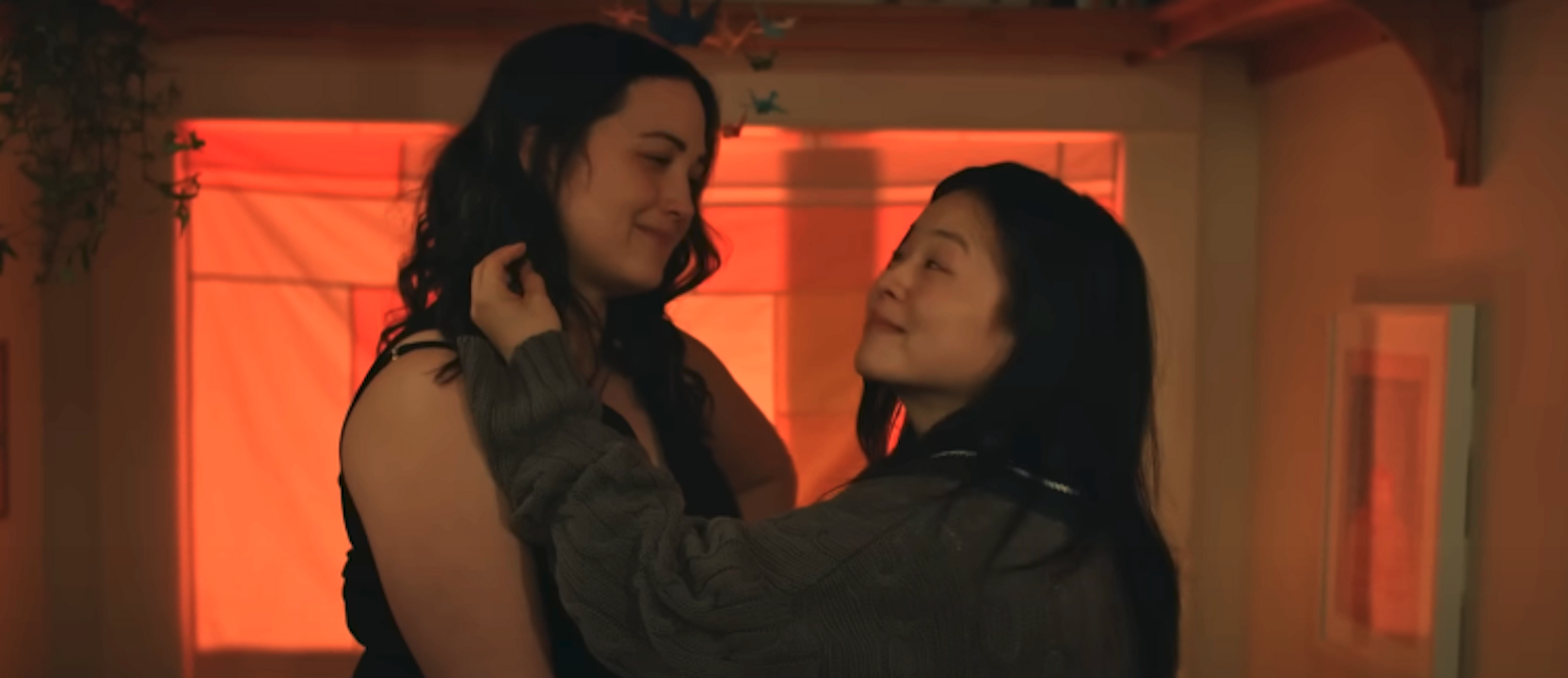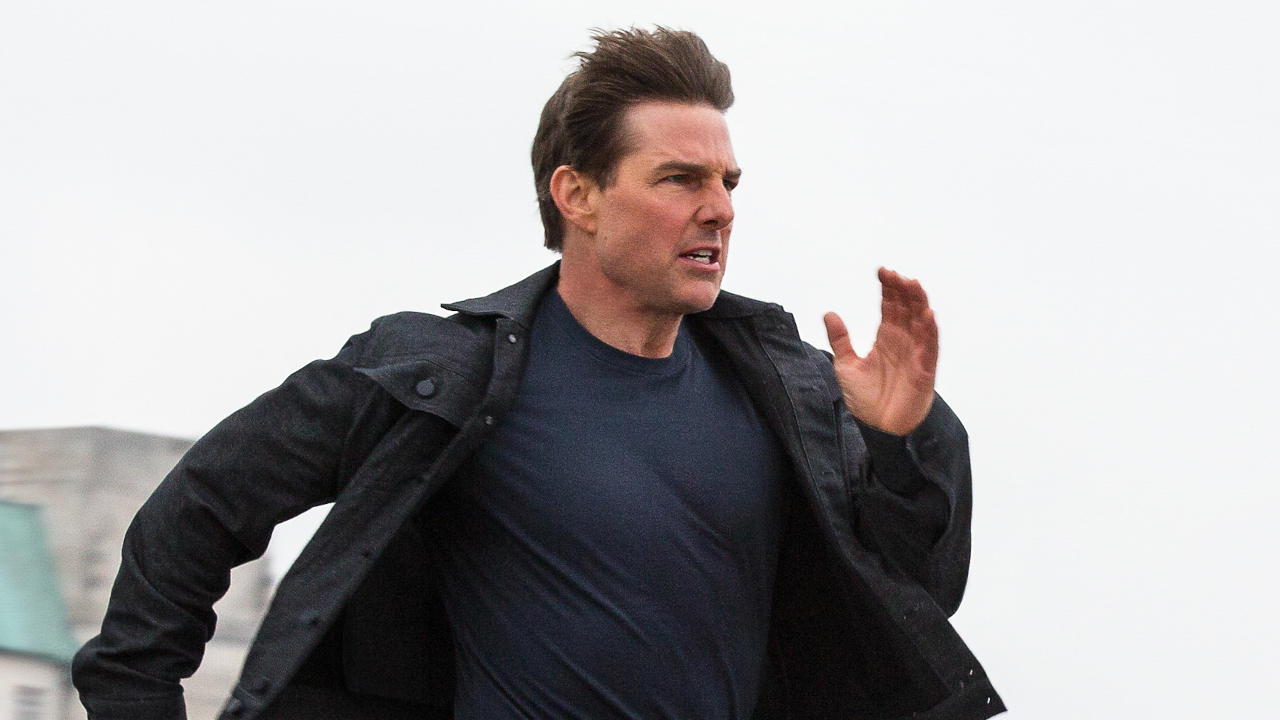Ever since Mary Shaw was hunted down and killed, the small town of Raven's Fair has been haunted by horrific deaths. Years later, when Jamie's wife is brutally murdered and he is accused of the crime, he returns home to unravel the legend of Mary Shaw. Pursued by a police detective and unaided by the townsfolk, he discovers a buried family secret that might be the key to a mysterious string of deaths dating back 60 years, where the victims tongue is removed. Dead Silence’s inability to scare up chills is a reflection on director James Wan’s own inability to set aside Saw and do something different. From the cerebral “Twilight Zone” episode to the goofy Child’s Play, Dead Silence hardly offers anything new in the way of doll terror. It seems that outside of torturous Jigsaw games, Wan turns to other, more successful horror/thrillers, using Tarantino-type “homages,” in hopes of sending shivers down your spine.
From the Seven-style opening credits montage and J-Horror rip off of the ghostly villain, Mary Shaw, down to the Evil Dead inspired framing (especially on clocks) and the Halloween fog on the inside of a car’s windows, there is hardly an original idea in the entire film. Even when Wan tries to paint himself into the visual story telling his high-contrast color palette and symmetrical framing feel contrived in today's washed-out, handheld cinematic atmosphere.
The epitome of Wan’s stylistic failure to inject any horrific meaning into the ghost story of a lonely ventriloquist, who kills her victims by ripping out their tongues when they scream, can be found in the stagnant eye motif. For whatever reason, Wan spends an unusual amount of time focusing on eyes, be it human, ghost or doll. What starts out as a seemingly important visual motif, never makes the transition to thematic metaphor. Odds are, Dead Silence’s reoccurring eye imagery was founded by cinematographer John Leonetti, and Wan had no idea what to do with it thematically.
Wan’s directorial wheels spinning in the mud don’t help his desperation for creating a modern Ghost story. Yet the story’s failure isn’t all Wan’s fault. Held together by a string of plausibility, the film’s plot stinks of stupidity; either writer’s Leigh Whannell's own or his judgment of his audience. The parallels to Saw’s story structure are shameless. For instance, Donnie Wahlberg’s eccentric detective, who pops in and out of the story, is just as wasted as Saw’s Danny Glover. He merely follows around his suspect because that’s all cops do, right? Oh, and having him constantly shaving gives him personality, right?
In fact, there’s little attempt to any of the characters depth. As our fearless “hero,” Jamie, battles the soulless dolls, his only real motivation is solving the murder of his wife from earlier in the film. We don’t get a sense of Jamie or his past despite the tacked-on family involvement. By the time the film plods along to the finale, a duplication of Saw’s “here’s the entire movie from the twist’s perspective in two minutes,” the twist lands with a thud. As horror film, the only suspense Dead Silence can muster is the anticipation of an overly-loud sound. As a tour de force of uninspired mediocrity, it succeeds to no end. Lucky us, Dead Silence has been released on DVD in an unrated version. Hurrah! Though, there’s not much here that will shock or disturb. In fact, I was surprised to learn that this film had a theatrical rating of R; even by the contents of this “unrated” DVD, it still seems like a heavy PG-13 at best, with the substance and intellect to match.
At least the video transfer is solid – presented in an anamorphic widescreen transfer of 2.35 : 1. The image is crisp and clear, with the only visible film artifacts being the ones that are artificially inserted by the director. It’s hard to rave about the transfer when the shots are practically stripped of their color -- giving actors a cream-of-mushroom skin tone -- an effect of Leonetti’s and Wan’s cinematography choices.
The audio, however, is the disc’s standout feature. The Dolby Digital 5.1 soundtrack is full, with a tendency toward higher frequencies, and offers some of the most effective uses of the rear channels in recent horror DVD memory. It gives the film a faux-atmosphere, while delivering crisp dialogue. It also showcases the only instance of cleverness –the sound before a murder winding down like the pull string of a speaking doll.
As far as the supplements go, the stand out features are, by far, the alternate opening and endings. Instead of the Seven rip off we get in the film, the alternate opening has a patient air to it. Gone is the quick-cutting, washed-out Saw opening, and in its place is an opening that sets the film apart from its director’s previous work. The same is true for the alternate ending. While still presented as “whole movie in a two-minute flashback,” it takes a bit more time in developing the character’s motives, as well as shining some light on several plot holes. It’s quite perplexing as to why these are the “alternative” openings and endings, when they would do the film much more justice.
In addition to the “alternates” there are a few deleted scenes that highlight a character that was taken out of the film – the groundskeeper. Not essential the story, it’s a good thing this character was cut out. The film could have ended up 5 minutes longer.
Rounding out the disc, there are three dull featurettes. The first is “The Making of Dead Silence,” which mostly consists of the actors and production team giving each other metaphoric high fives for their “great work.” Many of the C-List actors talk about Wan’s “vision,” which just proves this is the work of a P.R. company. “Mary Shaw’s Secrets” is more of the same – behind the scenes interviews glorifying the film and its principle players. Wan talks about how he wanted to create a new ghost story and the others talk about how great Wan’s ghost story is. Neither of those two featurettes bust through the 15 minute mark. “The Evolution of Visual Effects” is a quick (5 minutes) overview of how computer-generated effects are used if you somehow missed The Matrix or any other DVD supplements.
To top off a wonderful experience, there is a barely-mentionable music video for “We Sleep Forever” that would be more at home on ABC Family’s 13 Nights of Halloween in October.
Tom Cruise's Running Style In The Mission: Impossible Films Is Iconic, And Apparently, It's Connected To One Of His Outsiders Co-Stars
Somebody Actually Used It’s Always Sunny In Philadelphia’s Musical To Propose, And It’s Weirdly Sweet
Hunger Games Fans Can't Stop Talking About How The Sunrise On The Reaping Casting Connects To Rachel Zegler's Character
